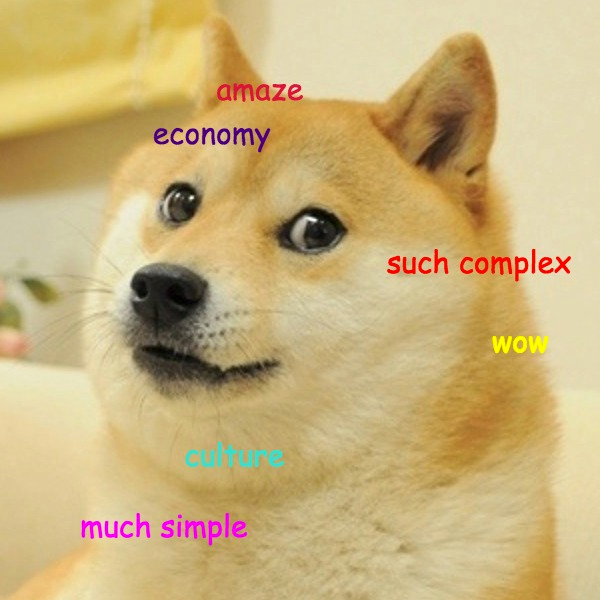Facebook has been on a shopping spree in 2014. It’s looking to buy a drone company so that it can bring the internet and Facebook to the other 6 billion, and its acquisition of Oculus Rift, a virtual reality headset firm, is aimed at making your friending, liking, stalking and humble bragging more experiential.
Now it seems the company is in discussions to purchase a London start up which has expertise in online payments. And it is this creeping interest in financial technologies that should worry us more than drones or our friends turning our chats into their virtual reality.
If everything goes to plan, Facebook users will apparently be offered the chance to store and transfer money on the site, rather than having to use a service like PayPal.
Facebook reps are said to have been in talks with several London-based peer-to-peer money services that could make Facebook payments a reality. One of these is Transferwise, a company that recently hit a quintessential target for a scaling tech company when it announced that it had processed £1 billion in user payments. Another possible candidate, Dublin-based CurencyFaire, has also hit the billion mark, albeit in dollars.
The convergence of social media and financial services should be seen as a profound shift in how people view, save, use, and are freed of their capital. And Facebook’s interest could mark a tipping point. Social media is being used as agateway drug to get users hooked onto much more pernicious forms of socio-technical circuitry and economic capture.
Why would Facebook sell vague social analytics about our activity to advertisers when it could go directly to our wallets? This is the ultimate “disintermediation” or cutting out of the middleman.
Capitalism requires fluidity – the transformation of static objects into cashable objects. By making money social and digital it becomes more fluid.
And since social media corporations are already learning how to turn individual users into liquid assets, the mix is all the more potent. Fluid money and personal data pools in centralised servers owned by the millionaires and billionaires of Facebook and Google.
Facebook apps for asset management will not be designed for the financial elites whose wealth is already governed by a well-paid professional managerial class. While the discourse is about empowering the working and immigrant poor to be able to send money home without costly fees, it is really about financialising a new market, the formerly private acts that are being unlocked by social media.
The privatisation of our lives is already booming. Visit AirBnB to rent out your home, Girl meets Dress to rent someone else’s high-end clothes, WhipCar to borrow someone’s car, Rent My Items to get your hands on their power tools, or Microworkers to rent minutes of your day to do small time work for menial pay.
This is financialisation masked as the “sharing economy” but at least we get to rent a nice dress or go on holiday as a result.
Facebook has been successful in inviting us to volunteer our free digital labour in producing one of the world’s most valuable companies. Some lovingly call this “participatory culture” while I and others call it exploitation.
Facebook can capture additional users by raining down wifi from drones and by making a scroll through bachelor party pictures more immersive with 3D goggles, but these markets will be small time in comparison to the financial market of online payment and banking.
This is an explicit attempt to transform the means of our digital sociality, our online public sphere and agora into a mall, a bank, a bazaar. If Facebook is successful, users will rarely leave the site. They will forgo the dangers of the wider internet for the safe comforts of our gated virtual community where we are safe to self-promote and shop till we drop.
Or worse, this is an attempt to “gamify” money management. It will be Farmville for personal finance or 3D Candycrush for cash. This sounds stupid because it is. It represents the transformation of a complex system into a simple one. The more our social life is monitored and then digitised, the easier it is to hoard, gamify, and monetise any profitable crumbs.
This will not result in more agency but less. Banking is based on hard-to-understand calculations but it is regulated. Add complex filtering algorithms and financial technological derivatives to the picture and no sane person will understand what is happening to their money.
Online payment isn’t the problem. Facebook, Google, and others who monopolise and monetise our digital lives on closed centralised systems are. The financialisation of our private lives as well as unwarranted, indiscriminate, illegal, bulk surveillance flourish in these spaces where corporations and governments gain direct access to our private lives.
What we need is a social movement to demand an information commons, decentralised servers, and digital literacy along with so-called financial literacy. We don’t need to hand Facebook yet another key to our private spaces.

